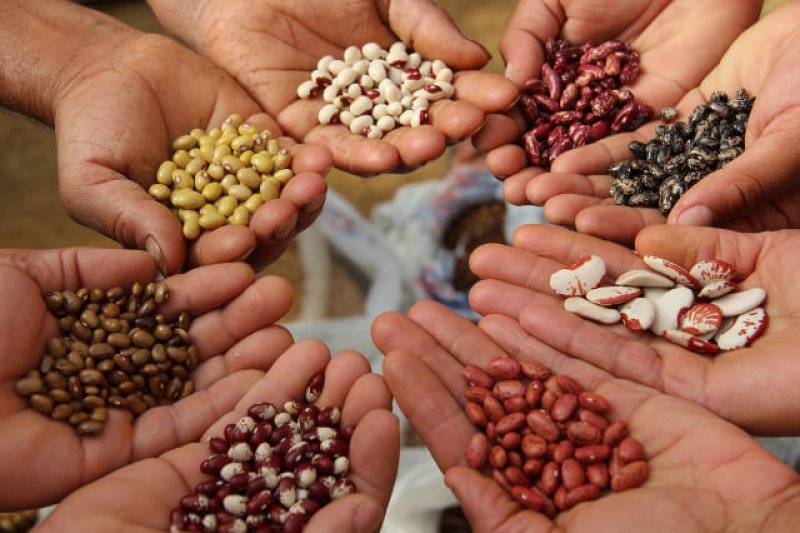Global agriculture is increasingly dominated by just a handful of crops with limited genetic richness, says a group of researchers writing in PLOS One.
The research shows that despite an uptick in the diversity of crops grown across the planet over the last 60 years, the largest share of our crops worldwide is now made up of just a few types of plants. As an example, [four] of these particularly dominant crops–wheat, maize, soya, and rice–now take up almost 50% of the farmland on earth.
The researchers….combined data on 161 plant groups, across 22 subcontinental regions, taken from the six decades between 1961 and 2014. The period they examined kicked off with very little change in crop diversity between 1960 and the late 1970s, but then a period of rapid diversification in the 1980s as agriculture industrialized.
This period reflected a rapid surge in the number of crops being grown around the planet, though there were some large regional differences. For instance, in Central America farmers added 30 new crop species to their repertoire between 1961 and 2014, compared to Polynesia’s one.
Read full, original article: Global crops are growing more diverse, but just a few still dominate our food system































